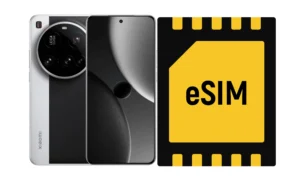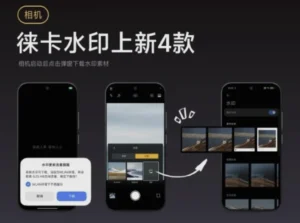Xiaomi’s Commitment to HyperOS Improvements
Xiaomi has recently acknowledged several issues within its HyperOS platform, but the good news is that many have already been resolved. As a proactive tech leader, Xiaomi values transparency, especially when it comes to admitting software glitches. This dedication is evident in the swift action taken to address user-reported problems. The company has officially announced through the Xiaomi Community that numerous bugs in HyperOS have been fixed, with additional updates on the way.

Recent Fixes in HyperOS
The list of issues addressed in HyperOS is extensive, reflecting the challenges of optimizing software for a wide range of devices. Fortunately, Xiaomi’s active user community plays a crucial role in identifying and reporting these bugs. This collaborative approach allows the company to tackle problems effectively.
Here’s a summary of the key issues that have been resolved in the latest update:
| Resolved Issues | Description |
|---|---|
| Alarm Button Overlap | Buttons in the alarm app were overlapping, hindering accessibility. |
| Smart Beauty Function | Bugs related to the smart beauty feature in the HyperOS gallery have been fixed. |
| Super XiaoAi Crash | The Super XiaoAi assistant would crash upon launch, particularly in the Chinese version. |
| Blurry Gaming Screens | The Xiaomi 13 experienced screen blurriness before launching games, now corrected. |
These fixes are rolling out progressively, ensuring that users can enjoy a smoother experience. If any issues persist, users can rest assured that a future update will address them.
Ongoing Issues Under Review
While many bugs have been fixed, Xiaomi has also acknowledged several ongoing issues that are currently being worked on. Addressing these challenges is part of Xiaomi’s commitment to enhancing user experience with HyperOS. Here’s a look at the problems still in the pipeline for resolution:
| Ongoing Issues | Description |
|---|---|
| Screen Rotation Delay | Automatic screen rotation fails to respond under certain conditions. |
| Wallpaper Reset After Reboot | Occasionally, the home screen wallpaper resets to black after rebooting. |
| Inconsistent Wallpaper Application | Some wallpapers do not apply correctly. |
| Task Automation Failures | Scheduled tasks sometimes fail to execute as intended. |
| Screen Flickering | The Xiaomi 15 has been reported to have flickering screen issues. |
| Storage Update Anomalies | Users of the Xiaomi 14 have noted abnormal internal storage behavior post-update. |
Xiaomi’s proactive stance in addressing both resolved and ongoing issues demonstrates their commitment to user satisfaction. By listening to feedback and implementing timely updates, Xiaomi ensures that HyperOS continues to evolve and improve.
Conclusion
In summary, Xiaomi’s approach to tackling issues within HyperOS showcases their dedication to transparency and user feedback. The recent fixes have enhanced the user experience, while ongoing efforts promise further improvements. As a community-driven brand, Xiaomi remains committed to refining its software, ensuring that users enjoy a seamless experience across their devices.
HyperOS Updates
Stay tuned for more updates regarding HyperOS as Xiaomi continues to enhance its software platform.
xiaomi, hyperos, technology, updates, smartphones, software issues, user feedback, Xiaomi Community, transparency, smart devices, Xiaomi for All







